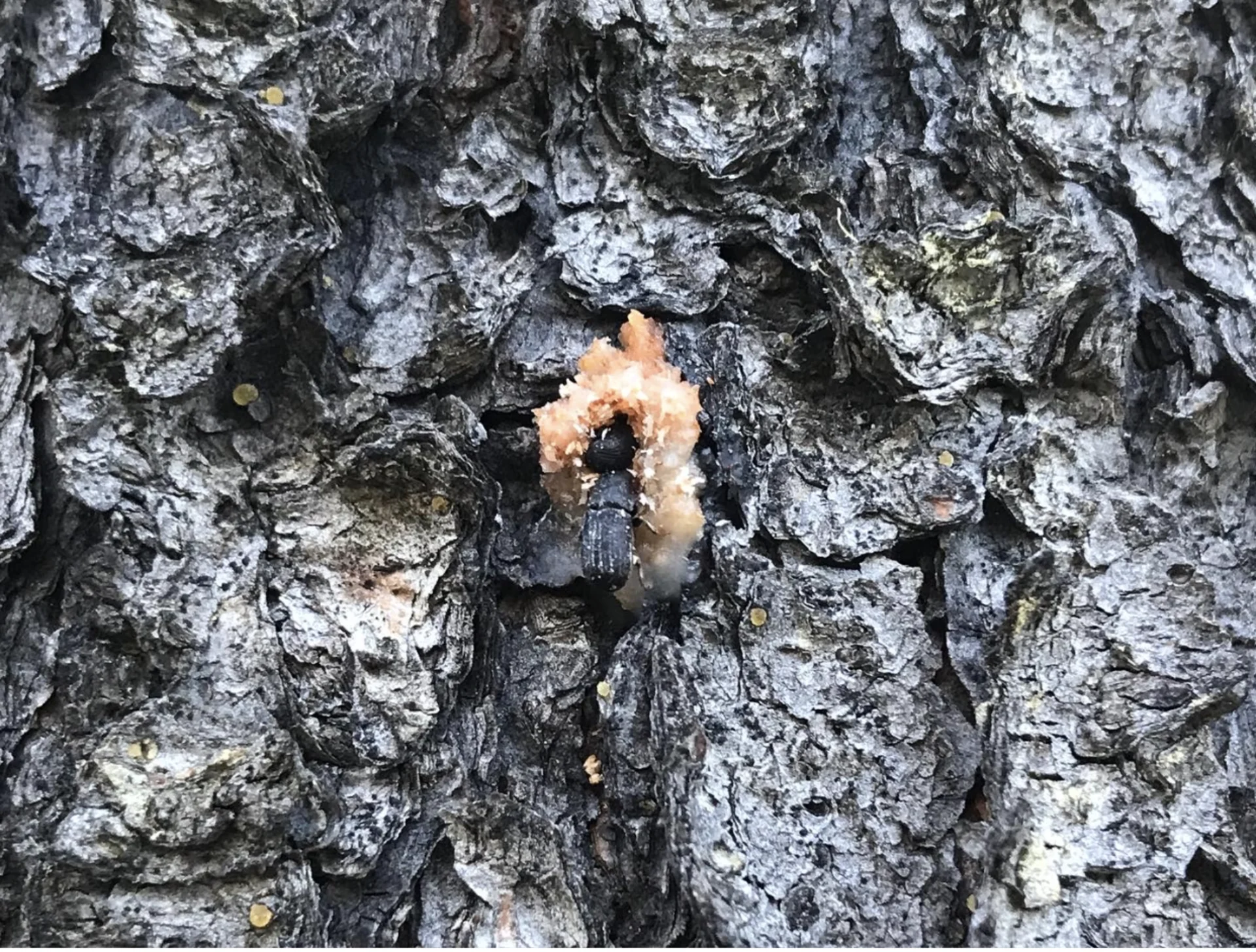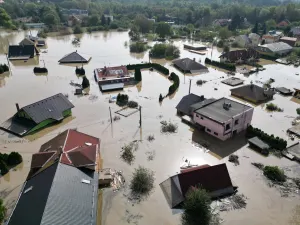
Do mountain pine beetles really deserve all the hate?
Take a deep dive into the recent history of the mountain pine beetle in Alberta and why forests are at risk when the beetles spread into new territories.
Much has been said about mountain pine beetles in recent months as wildfires take their annual toll on Western Canada’s boreal forest.
One researcher says, though, that while they can dry out and prime trees for combustion, all the finger-pointing at the tiny, wood boring insects isn’t necessarily warranted.
Mountain pine beetles are actually a natural and necessary part of certain forest ecosystems.
Thanks to the influence of the weather, however, and humans’ increasing presence in the woods, they’ve outgrown those humble origins to create economic, ecological, and safety hazards.
“The mountain pine beetle is a natural disturbance agent in the western forests of North America. So BC, and along the coast,” says Catherine Cullingham, a molecular ecologist and associate professor at Carleton University.
As Cullingham explains, mountain pine beetles have evolved alongside pine trees for millions of years to play an important role in forest regeneration. And for much of that time, they haven’t had the kind of negative impact on human life that they have more recently.
“The pine trees they infest are serotinous, so that means the seed cones are sealed shut, and it takes forest fire to open those cones,” she says.
“So as the stand ages, it becomes susceptible to outbreak. The outbreak kills the trees, and the trees die. Forest fire happens naturally, and then the forest regenerates. So it’s all part of the natural system.”

A mountain pine beetle crawls on the bark of a pine tree. (Antonia Musso/provided)
SEE ALSO: Mountain pine beetle populations down by 94 per cent in Alberta since 2019
In the late 1990s, though, with human presence in and reliance on pine forests expanding, the ever-influential mother nature allowed an outbreak the likes of which had never been seen before.
Cold, Cullingham says, helps moderate populations. But a series of warm, El Niño winters allowed mountain pine beetle larvae, burrowed inside of trees’ outer bark, to easily survive the harsh season.
Populations exploded, and in swarms large enough to be detected by radar, the winged beetles took flight, catching a ride on the westerlies eventually making their way over the Rockies to Alberta.

Trees impacted by mountain pine beetle infestation are seen in the Valley of the Five Lakes in Alberta. (Catherine Cullingham/provided)
Since then the beetles have thrived, burrowing into pine trees across the Western Canadian boreal, cutting off the circulation of nutrients from root to needle, and destroying more than 320 million hectares of forest.
That population explosion has negatively impacted the timber industry, increased wildfires, and disrupted forest ecosystems.
Cullingham explains how the beetles prefer trees of a certain age, healthy and mature enough to produce the nutrients on which the insects and their larvae rely.
They reproduce most successfully if the tree has aged out of the ability to readily repel the beetles with natural defences like pitch (which can suffocate the beetles as they burrow into the bark) or when the pheromone-producing insects attract enough of their peers so as to overwhelm those defences.
“They mass attack trees as a team to be successful,” says Cullingham, who adds that the beetles carry a fungus that is also damaging to trees.
“Between the beetles, the larvae, and the fungi, they basically strangle the tree.”

A mountain pine beetle interacts with a host tree. (Antonia Musso/provided)
But again, despite all the negative press, Cullingham says the beetles are just doing their job.
“I feel bad for the beetles. We paint them out to be such a villain when it’s just doing its thing!”
Significant efforts have been made in British Columbia and Alberta to monitor and remove infested trees. And, according to the province of Alberta, populations have declined 98 per cent since peaking in 2019.
Again, though, it was the weather that was the real star of that show. The cold, harsh winters that kicked off the 2020s proved difficult for beetle larvae to survive.










